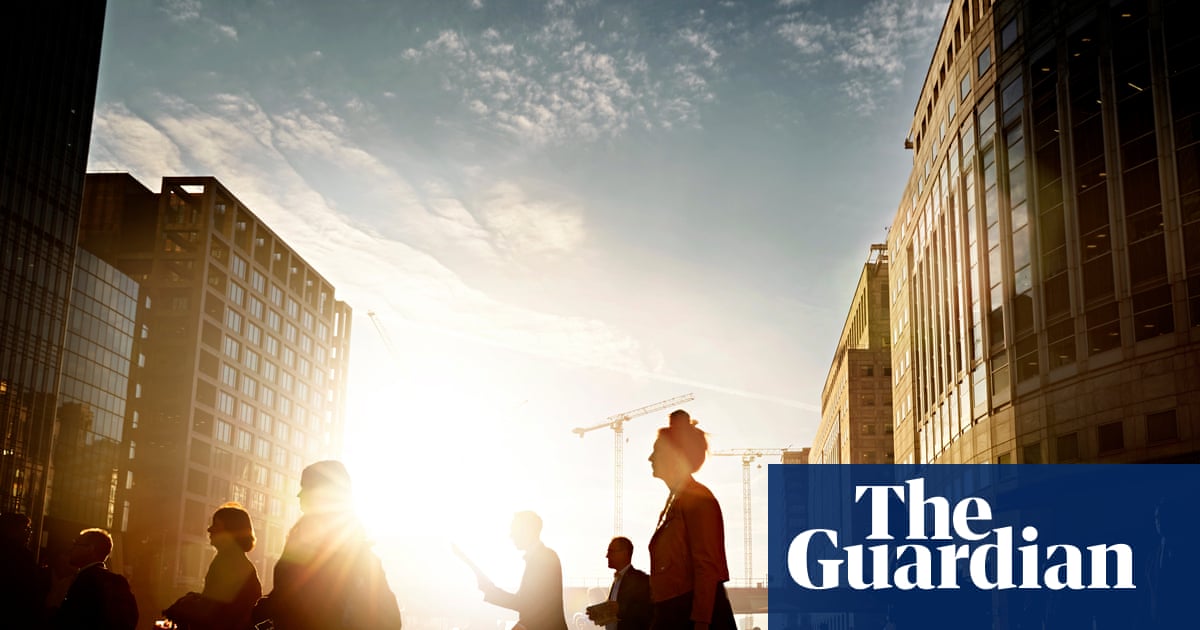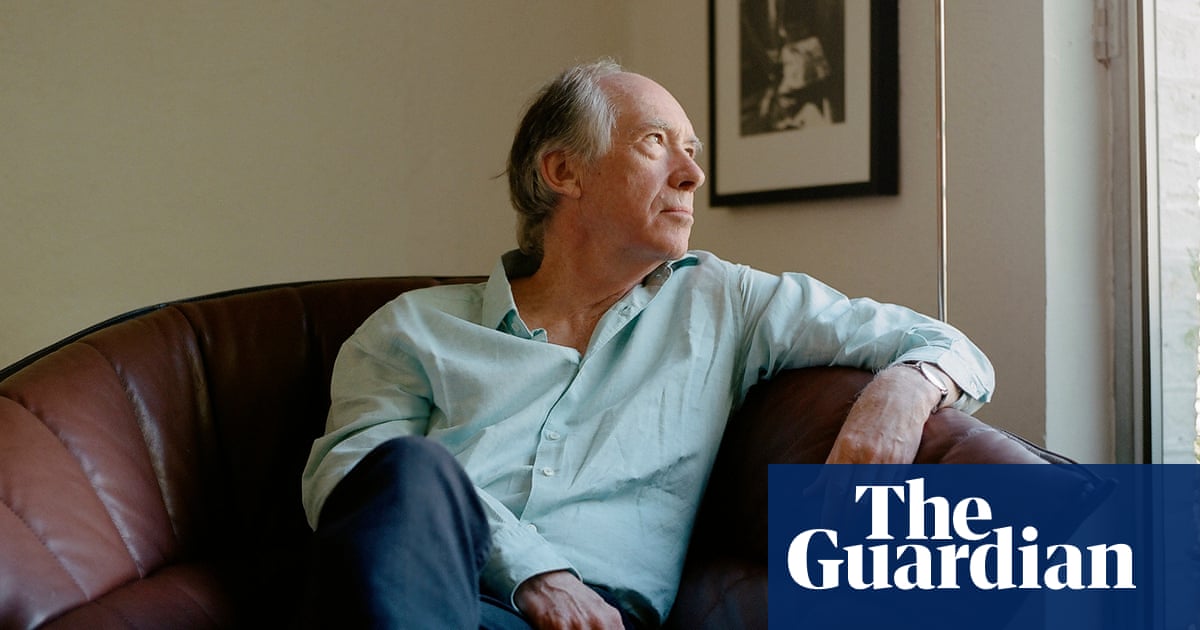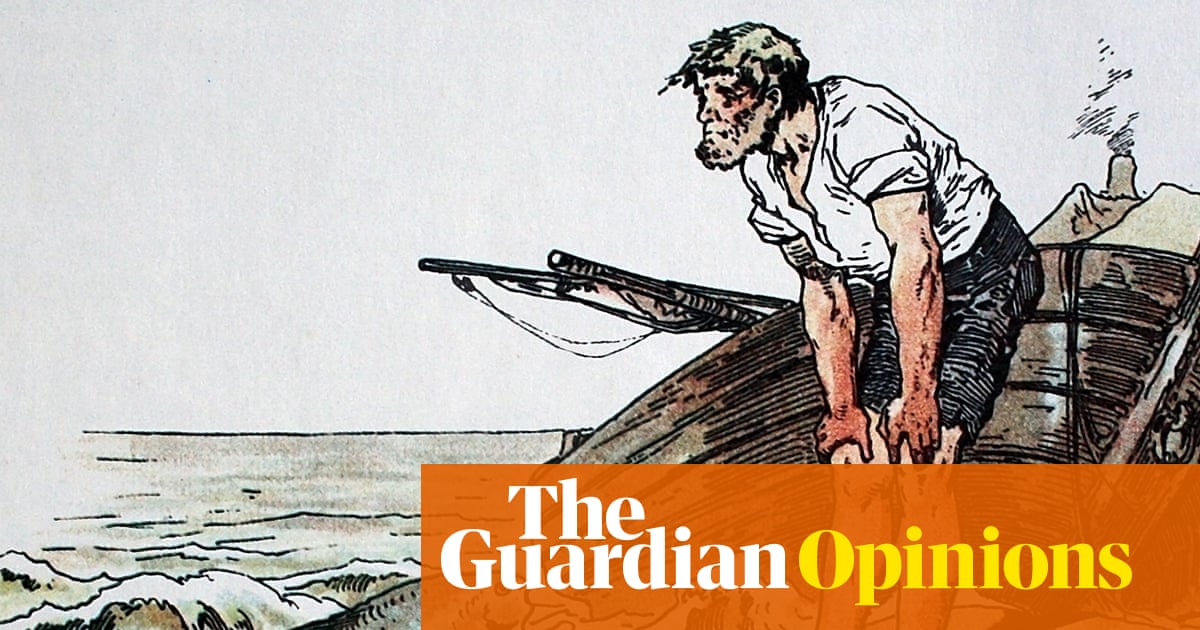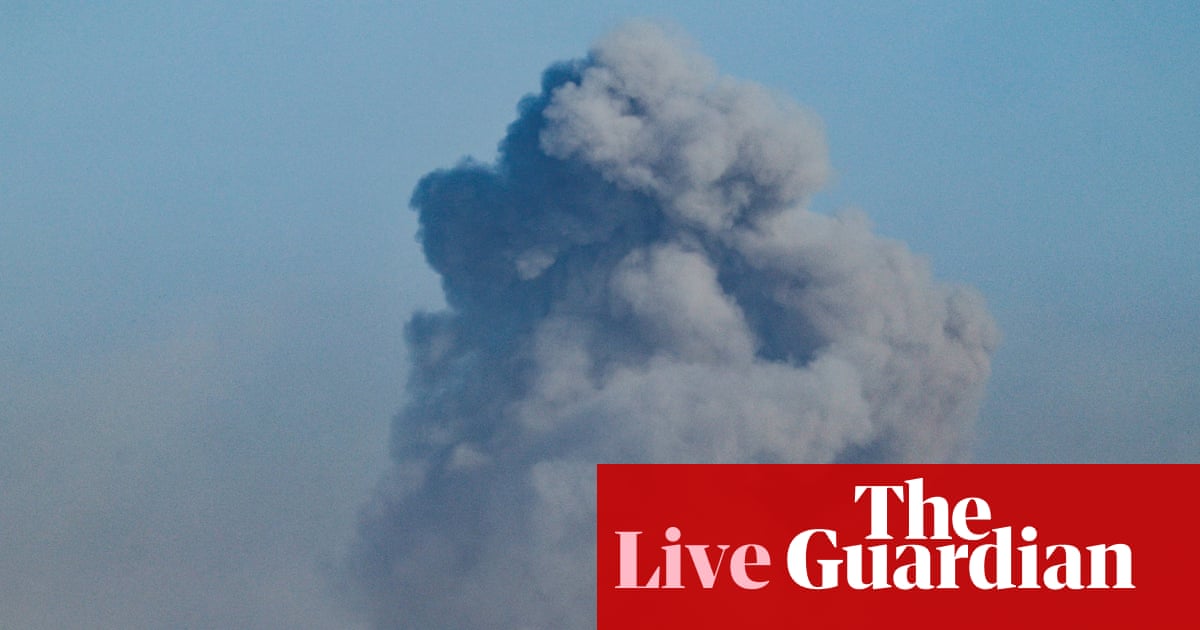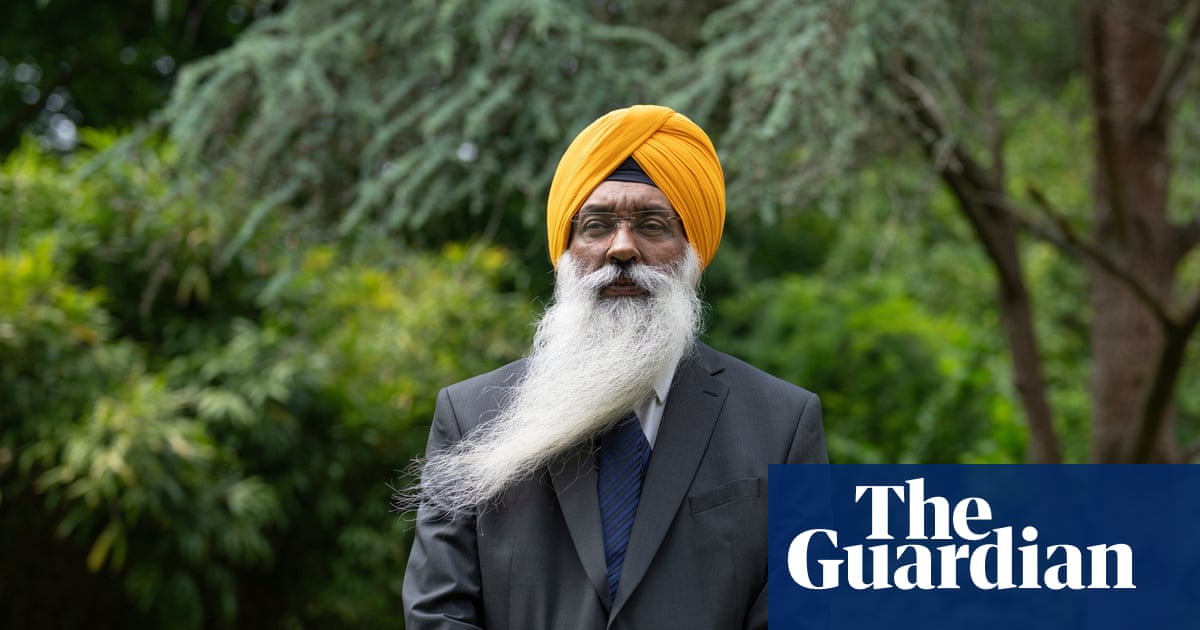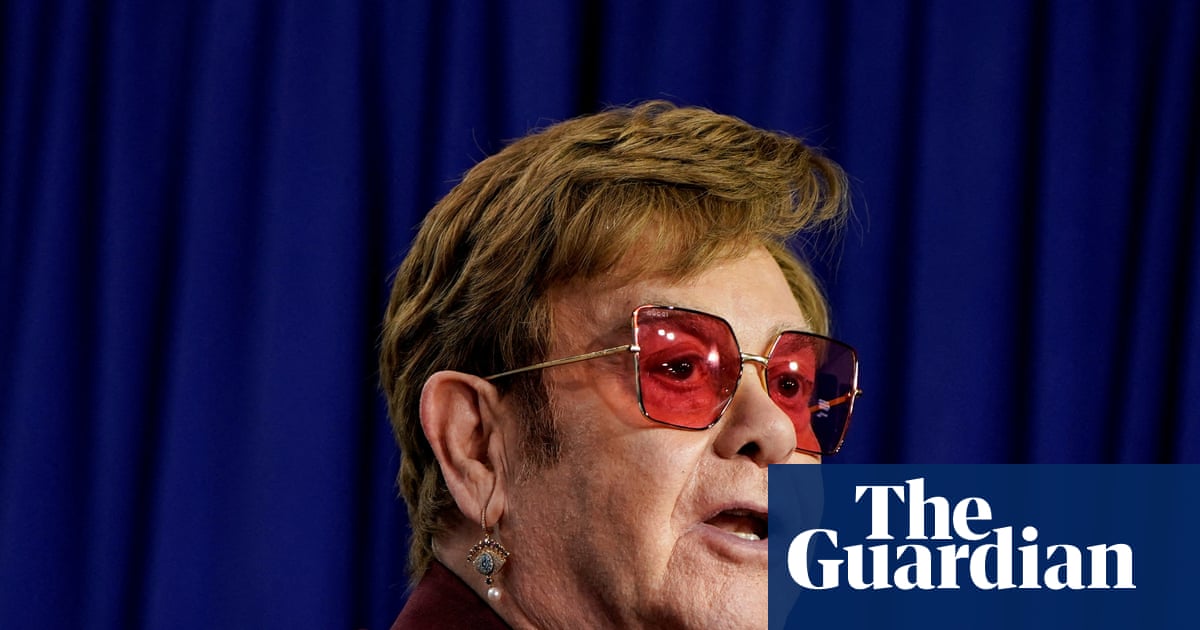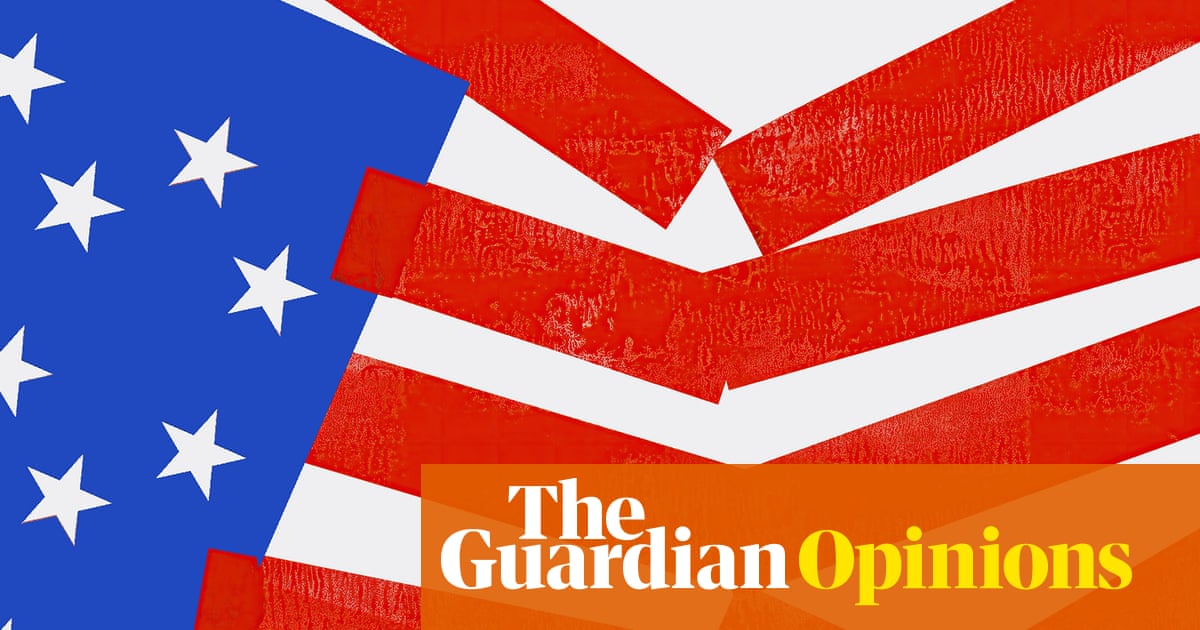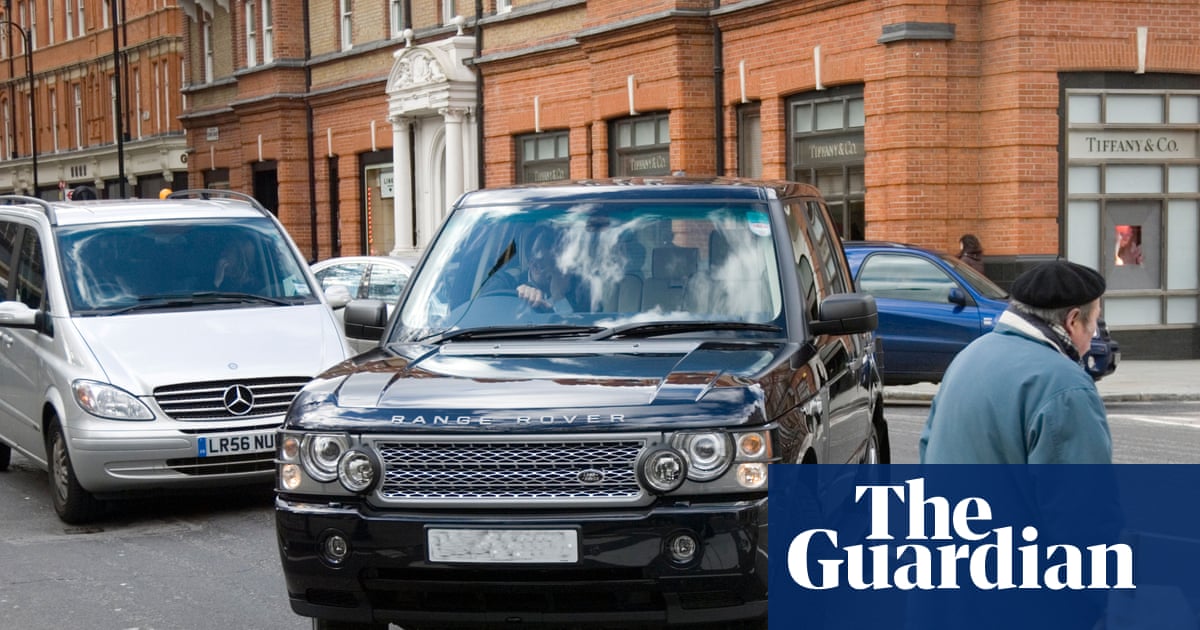The scale of last weekend’s “No Kings” protests is now becoming clearer, with one estimate suggesting that Saturday was among the biggest ever single-day protests in US history.
Working out exactly where the protest ranks compared to similar recent events has been a project of G Elliott Morris, a data journalist who runs the Substack Strength in Numbers, calculated turnout between four million and six million, which would be 1.2-1.8% of the US population. This could exceed the previous record in recent history, when between 3.3 million and 5.6 million people showed up at the 2017 Women’s March to rally against Trump’s misogynistic rhetoric.

Morris estimated the No Kings Day protest turnout in two steps. First, his team gathered data at events for as many locations as possible, defaulting to tallies published in local newspapers. Where that wasn’t available, they relied on estimates from organizers and attendees themselves.
To come up with a rough approximation of nationwide numbers, he then estimated the attendance in each unreported protest would be equal to the medium of the attendance in places where data did exist. “That’s a tough approximation, but at least an empirical one,” Morris wrote in an email. “We use the medium instead of the average to control for outliers, [such as the fact that] big cities pull the average up, but most events are not huge urban protests.”
Morris stressed that the Strength in Numbers tally remains unofficial, and he hopes that researchers will “build” on his data when they conduct more studies. But his estimation is similar to that made by Ezra Levin, the co-founder of Indivisible, the progressive non-profit that organized the event. He estimated that five million people across the globe took to the streets.
Not everyone is ready to call it the biggest protest ever. Jeremy Pressman of the Crowd Counting Consortium, a joint Harvard University/University of Connecticut project that estimates political crowds, told USA Today it would take “some time” to get an official tally.
Meanwhile Steven Cheung, Trump’s director of communications, unsurprisingly called the protests “a complete and utter failure with miniscule attendance” on X. (No Kings took place on Donald Trump’s birthday, which coincided with a parade the president threw in celebration of the US Army’s 250th anniversary.)
Omar Wasow, an assistant professor in UC Berkeley’s department of political science, told Guardian US that the demonstration was “without question, among the largest single-day protests in history”.
Wasow compared protest movements to standing ovations given at a theater. “We see a cascade effect: if one person stands after the curtain drops, then more follow,” he said. “If 1.8% of the US adult population showed up to protest on Saturday, those are the people who stood up to clap first. It sends a signal to all these other people that you can stand up, too.”
The 1963 March on Washington, where Dr Martin Luther King Jr made his famous “I have a dream” speech was at the time one of the largest protests in history, with up to a half a million people in attendance. It was dwarfed in size by the first Earth Day protests in 1970, in which 20 million people helped spark the creation of the Environmental Protection Act. “At the time this was about 10% of the US population, possibly the largest we will ever realistically see – unless the political environment deteriorates significantly, prompting more backlash,” Morris said.
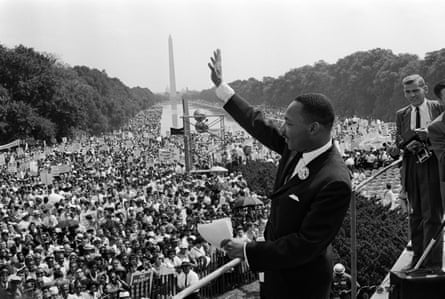
In 1986 at the Hands Across America fundraiser, an estimated five million Americans formed a human chain to raise money to fight hunger and homelessness (each person was asked to donate $10, though many participants didn’t end up paying and the politics of the Coca-Cola-sponsored event were murky). More than a million people took to the streets in 2006 for a boycott called “A Day Without Immigrants” in protest of stricter immigration laws. Polls taken during the summer of 2020 found that between 15 and 26 million Americans protested against the murder of George Floyd during the month of June (though day-by-day numbers were smaller).
Gloria J Browne-Marshall, a professor at John Jay College of Criminal Justice and author of A Protest History of the United States, said that it’s difficult to compare crowd sizes for various protests, especially ones that take place over the course of several days and span various locations. “There are different processes that have been used over the years, from eyeballing things to actually counting the number of people per square mile,” she said.
In the days following No Kings, an idea put forth by political scientists Erica Chenoweth and Maria Stephan called the 3.5% rule spurred social media discussion. Chenoweth, a Harvard professor and Stephan, a political scientist who covers nonviolent movements, studied 323 revolutionary campaigns around the world that took place from 1900 to 2006. They found that all nonviolent movements that had the support of at least 3.5% of a population always succeeded in triggering change. No Kings, with its massive turnout, could be seen as a turning point.
There are caveats to this rule, which was published in the team’s 2011 book Why Civil Resistance Works. “The 3.5% rule is descriptive, not prescriptive – and has been revised significantly since being originally published to allow for exceptions,” Morris wrote. “Chenoweth now is clear that hitting 3.5% does not guarantee success, especially in political regimes where change is harder, and that movements can accomplish their goals with much smaller mobilization, through things like media coverage and alliances with elites.”
Organizers and attendees of No Kings feel invigorated enough to continue the demonstrations, with another round of coordinated protests to fall on 17 July, the five-year anniversary of the death of John Lewis, the congressman and civil rights leader.
But they admit there are limits to these events. “We’re not going to win if a lot of people show up at a protest one day,” Levin said. “We need people actually taking democracy seriously, and that’s not going to be done through a top-down action. It has to be done from the bottom-up. When pro-democracy movements succeed, it’s because of a broad-based, ideological, diverse, geographically-dispersed, grassroots organizing – not just mobilizing.”

.png) 2 months ago
38
2 months ago
38
